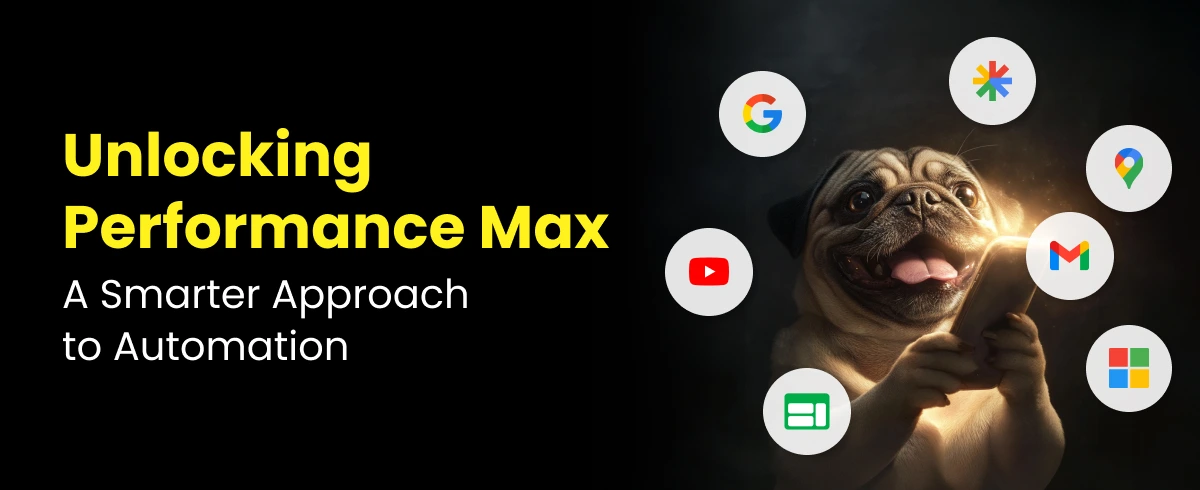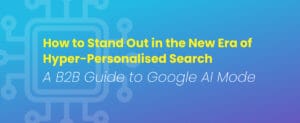Performance Max (PMax) campaigns have transformed paid media, offering full automation across Google’s and Microsoft’s networks. But while PMax is positioned as a game-changer in digital advertising, it has limitations—particularly when it comes to acquiring new customers.
As Adele Todd, Head of Paid Media at Somebody Digital, explains: “PMax is fantastic at maximising existing customer engagement, but it struggles with real audience expansion. Without the right strategy, brands risk paying for conversions they would have captured anyway.”
Understanding the PMax Advantage
Google’s Performance Max streamlines bidding, audience targeting, and ad placements across multiple channels, including Search, YouTube, Display, and Shopping.
One of the key benefits of PMax is its automated bidding system, which uses artificial intelligence to optimise bids in real-time, adjusting spend dynamically to maximise conversions. The cross-channel reach of PMax also makes it attractive, as it enables advertisers to run campaigns across Google’s and Microsoft’s ecosystems seamlessly, ensuring broad visibility. PMax can also save PPC managers time by reducing the need for manual campaign management, allowing advertisers to focus on strategy rather than execution.
The Algorithm’s Bias: Recycling, Not Expanding
PMax is excellent at delivering quick results, but much of its success comes from retargeting users already familiar with a brand. This makes it highly efficient in the short term but it can present challenges for long-term growth if not managed properly.
One of the fundamental challenges with PMax is its audience targeting preferences. Instead of actively seeking new customers, the algorithm prioritises users who have already engaged with a brand in some way. This includes returning visitors who have previously browsed the website, existing customers who have already made a purchase, and brand-aware audiences who have interacted with the company through other channels.
As a result, PMax campaigns often appear highly effective at driving conversions, but in reality, they are frequently recycling the same audience rather than expanding it.
As Adele puts it: “PMax is brilliant at going after low-hanging fruit, but that’s only half the equation. If your goal is long-term customer acquisition, you need to go beyond PMax’s default settings.”
How to Optimise PMax for Customer Acquisition
“Despite these challenges, PMax can still be a valuable tool when combined with a well-structured strategy that prioritises customer acquisition, it’s something we use frequently because we understand how to tailor it to our customers’ needs,” she notes.
To maximise its effectiveness, advertisers should ensure that their bidding strategies focus on attracting new customers. Adjusting PMax settings to prioritise new users over returning customers can help create a more balanced approach. Further, conversion value rules should be implemented to assign a higher value to first-time purchasers, ensuring that the algorithm recognises the importance of bringing in fresh leads.
Performance Max is most effective when fueled with the right data and audience signals, allowing it to engage users throughout their journey intelligently. Rather than a standalone solution, PMax thrives as part of a broader strategy—complementing traditional campaign types like Search, Video, and Display to drive initial awareness, then seamlessly taking over to nurture and convert users. It’s not a one-size-fits-all solution, but rather a powerful layer that helps bridge gaps and reinforce a full-funnel approach to digital marketing.





















